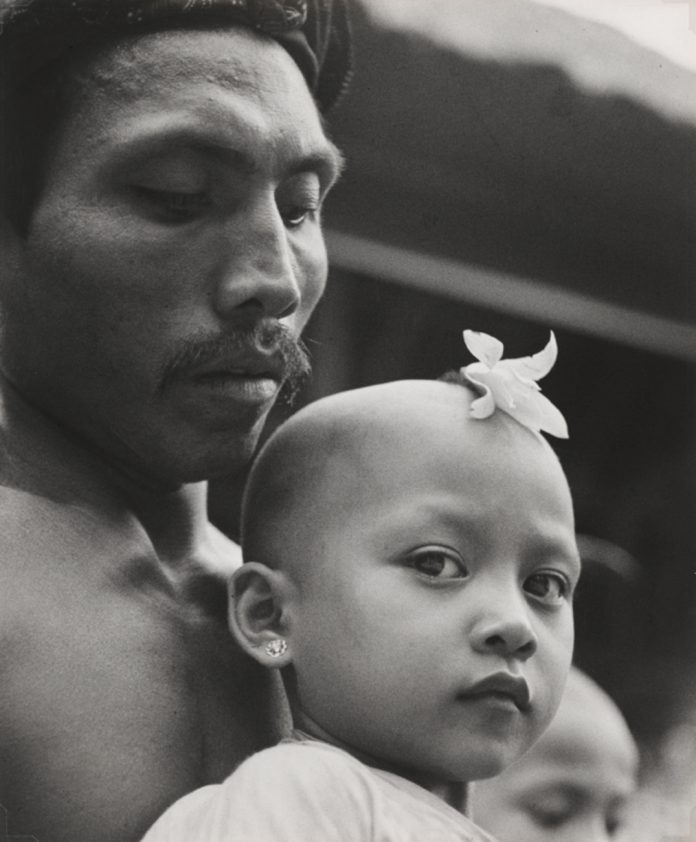National Gallery of Australia, Canberra, held Indonesian photography exhibition titled “Garden of the East”. The exhibition showing Indonesian photography during 1850 to 1940 is open from 21 February to 22 June 2014.

When we mention Indonesia today some people will think of landscapes of leisure on Bali: tropical beach and mountain resorts, ancient Hindu temples, exotic markets. The same island evokes nightmare memories of recent events the news media transformed into national tragedies: scenes of beachside tourist haunts wrecked by the terrorist bombings of 2002 and 2005, and the human drama of the trial and incarceration of Australians caught trafficking drugs through Denpasar airport.
Add to that images of natural disaster (tsunami victims on devastated Acehnese coastlines in 2004, volcanic ash covering towns and airports in Java just recently), and political catastrophes (Acehnese, Papuan, and Timorese freedom fighters brutalised by central government forces in rebel provinces).
Unlike today, 19th and early 20th-century images of Indonesia rarely showed controversial or openly critical views of what was going on in the archipelago. Given that Indonesia was not a political democracy when the photographs in the exhibition were taken (it was formally under Dutch colonial rule until 1949), and varieties of press censorship were in place, it wasn’t possible for contemporary photographers to show mainstream audiences the dark side of colonial Indonesian life – war, atrocity, labour exploitation, political strife.
“Garden of the East” exhibition combines a stunning selection of photographs taken by the leading studio photographers of 19th and early 20th-century Indonesia – Woodbury and Page, Isidore van Kinsbergen, Thilly Weissenborn, Kassian Cephas, to mention a few – with a significant collection of photographs taken by amateur and “family” practitioners. Together, the photographs invite reflection on the continuities and changes in how Western as well as Indonesian photographers have seen Indonesia, now and a century ago.

Unlike today, 19th and early 20th-century images of Indonesia rarely showed controversial or openly critical views of what was going on in the archipelago. Given that Indonesia was not a political democracy when the photographs in the exhibition were taken (it was formally under Dutch colonial rule until 1949), and varieties of press censorship were in place, it wasn’t possible for contemporary photographers to show mainstream audiences the dark side of colonial Indonesian life – war, atrocity, labour exploitation, political strife.
NGA director Ron Radford said Australians should know more about the history of a nation their country has grown alongside.”We are delighted to host this exhibition and believe that Australia’s geographic, political and cultural position in the Asia-Pacific region makes it very appropriate that the National Gallery of Australia should celebrate the rich and diverse arts of our region,” he said. “It’s always been an interesting relationship – probably a very close relationship with the people – and I hope this exhibition helps.”
The photographs in Garden of the East many not show the whole story of Indonesia’s not-so-distant past, but they do provide views of the archipelago – as gorgeous, intriguing, contradictory and complicated – that inspire more critical reflection than the often one-dimensional images we often see now. And that’s a more replete way to look at Indonesia.
[ABC Australia | Canberra Times | The Conversation]






